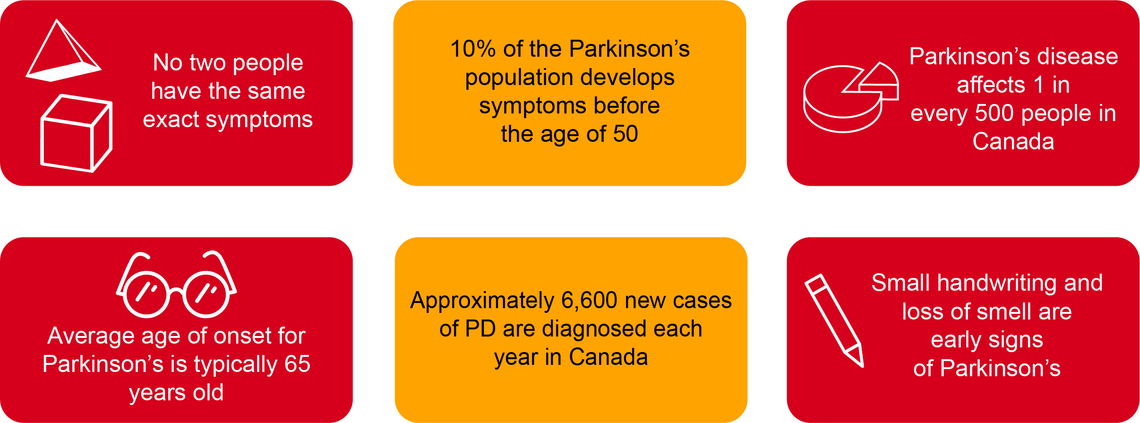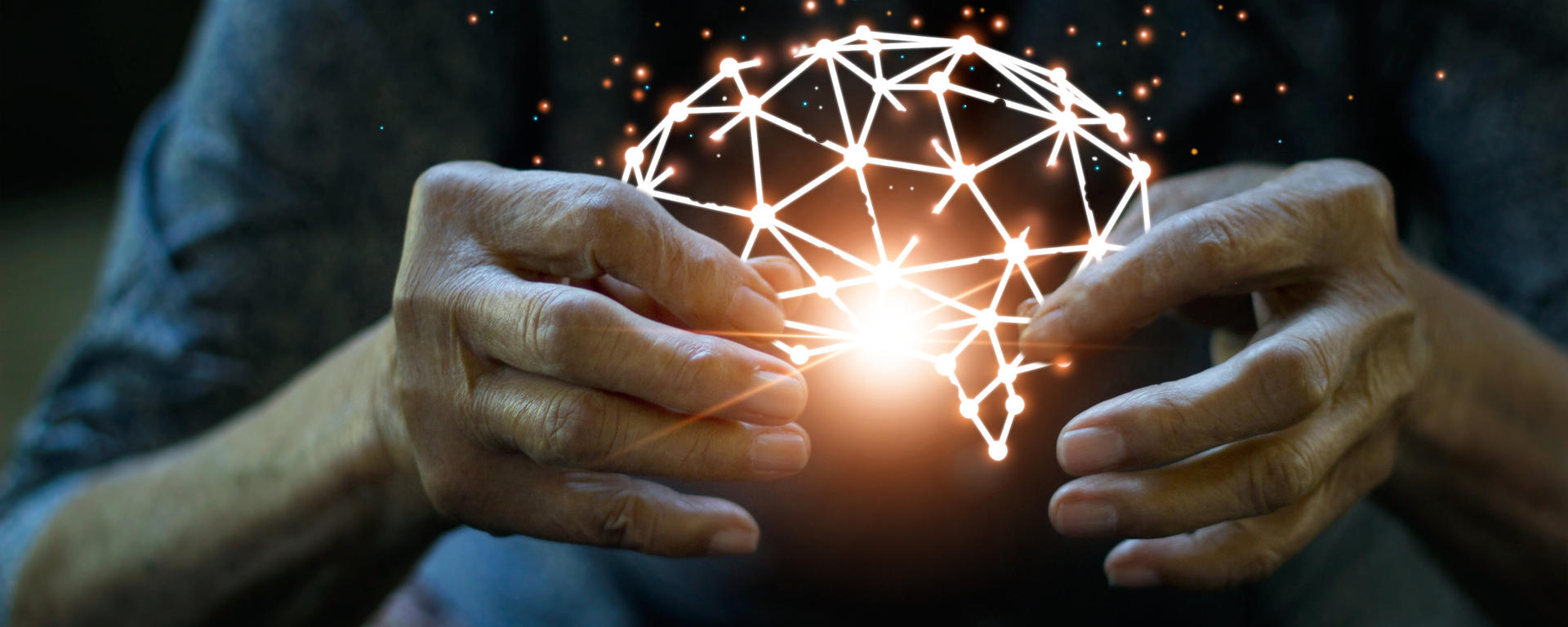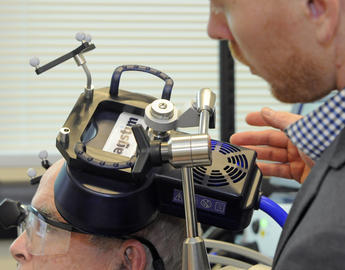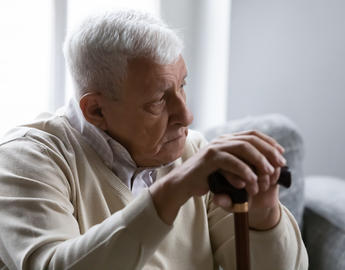What are Movement Disorders and Parkinson's?
Parkinson’s disease and associated movement disorders affects nearly 100,000 Canadians, causing tremor, slowness, stiffness, and changes in gait. Parkinson’s results from a loss of cells in the brain from a region called the substantia nigra that produces key neurotransmitters such as dopamine — which is responsible for carrying signals through the body that allow for the coordination of movement. Many people living with Parkinson’s also have non-motor symptoms including: mood disorders, sleep changes, lightheadedness and dizziness, and sometimes changes to bladder function. In some cases, cognitive decline can also lead to dementia.
If you would like to contribute to further research on causes and treatments of Parkinson’s, please visit our donation page.
CaPRI - Calgary Parkinson Research Initiative
The Hotchkiss Brain Institute coordinates the Calgary Parkinson Research Initiative (CaPRI), a research network on movement disorders with partners at the University of Calgary, Campus Alberta Neuroscience, C-OPN, Parkinson Association of Alberta, Quebec Parkinson Network, and Parkinson Canada. The CaPRI network allows understanding of the origins of the disease and its diverse symptoms, as well as developing and testing treatments to address them.
ACT - Advanced Care Team for Parkinson’s
Our Advanced Care Team specializes in Parkinson’s, multiple system atrophy, progressive supranuclear palsy, movement symptoms of Lewy-body dementia, and corticobasal syndrome—offering precise, compassionate support. Our dedicated team is here to enhance your well-being through personalized care and guidance by tailoring our expertise to meet your unique needs. We approach care through neurology, nursing, psychology, spiritual, and community health.
Quick Facts

Research Highlights
- Differentiating cognitive or motor dimensions associated with the perception of fall-related self-efficacy in Parkinson’s disease
The study shows the deterioration of a central cognitive mechanism that modulates self-efficacy also plays a critical role in fear-of-falling in Parkinson’s. Read the full study in the Nature Partner Journals here. - Wearable technological platform for multidomain diagnostic and exercise interventions in Parkinson's disease
Recent research shows that a new generation of wearable technology can be adopted as diagnostic and rehabilitation tools for people living with Parkinson's disease. Read the full study in International Review of Neurobiology here. - Common and unique connectivity at the interface of motor, neuropsychiatric, and cognitive symptoms in Parkinson's disease: A commonality analysis
Commonality analysis is applied to investigate the unique and common neural connectivity underlying the interface of the symptoms in 74 people with Parkinson’s. Read the full article in Human Brain Mapping here.
Join the Calgary Parkinson's Research Initiative Newsletter
Your source for updates and information on research, events, and opportunities with the Calgary Parkinson's Research Initiative.
Thank you for your submission.
Collection of personal information
Your personal information is collected under the authority of
section 33(c) of the Freedom of Information and Protection of Privacy Act, and is required for updating your
email subscription preferences. If you have any questions about the collection or use of this information,
please visit our Access to Information page.








